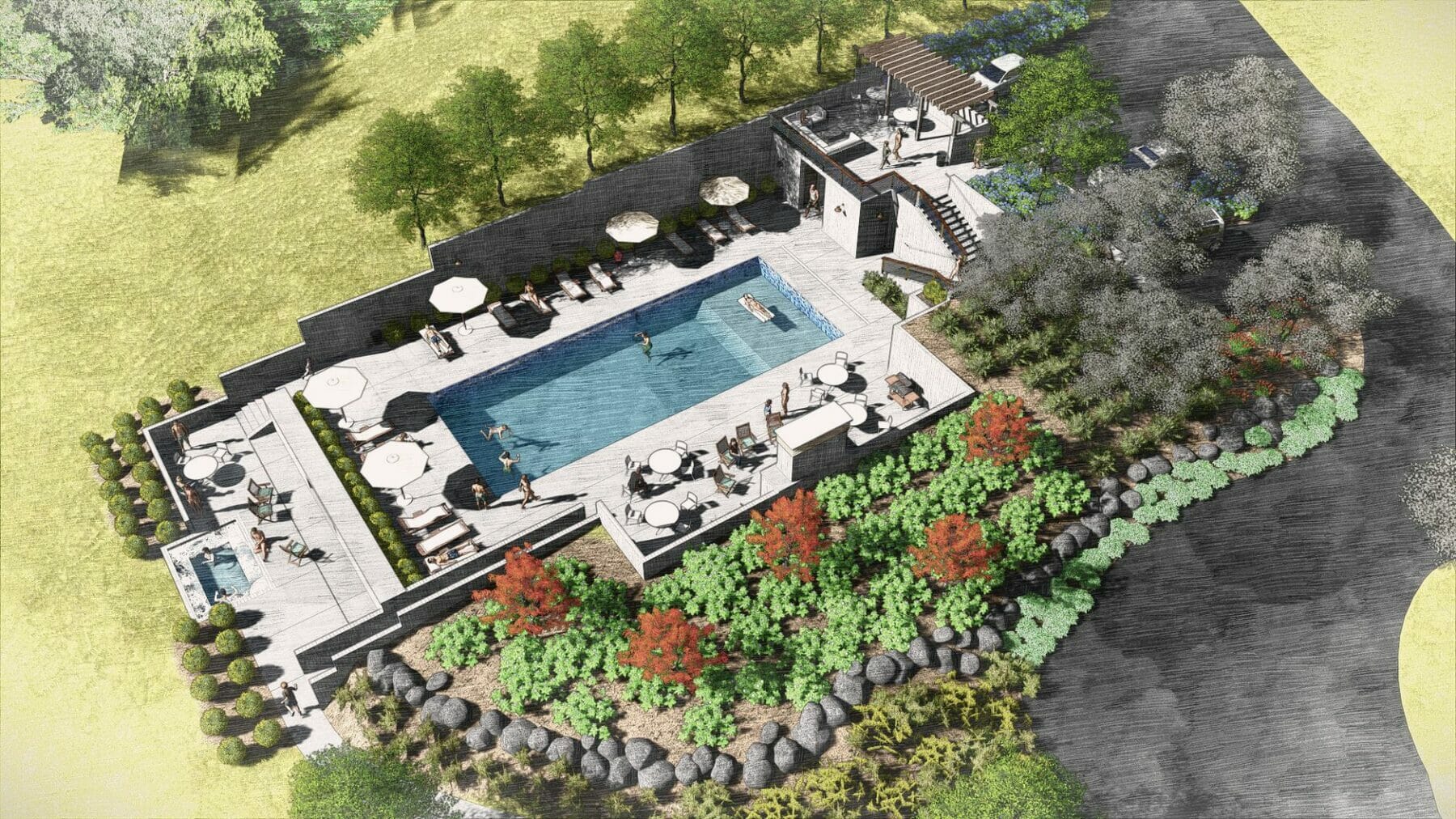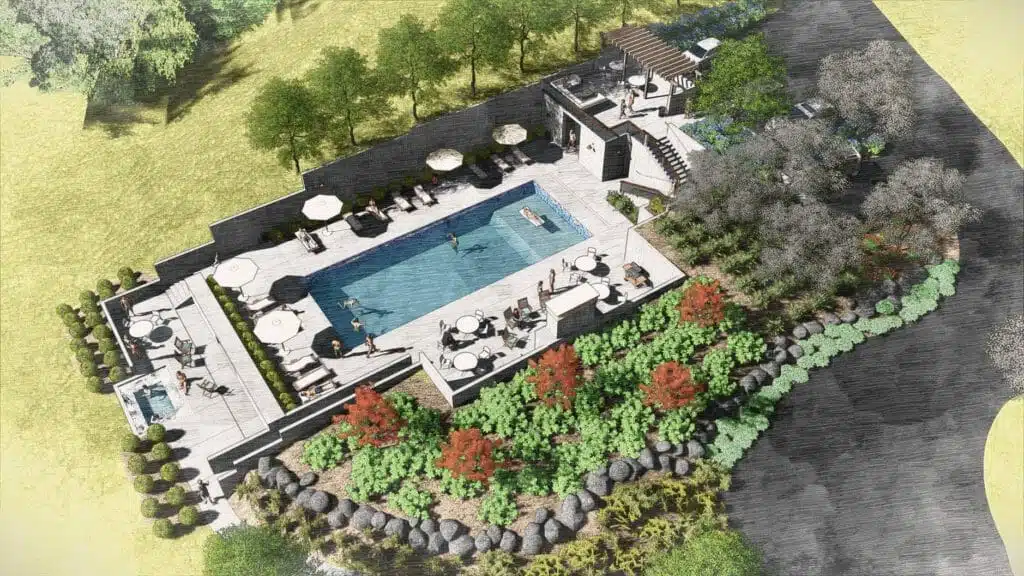Trends in architecture are leaning towards community designs. Public spaces are becoming more complex as the years go on. Not only must architects consider the layout of a community, but everything that its members will need to thrive. As public space design becomes more and more in-demand, we must find ways of improving our techniques. It might not come right away, and further improvements will most likely take place, but we will continue to design with the best in mind.
As one of the premier architectural firms in the West, we have compiled a list of the top rules we follow when designing community spaces. Here is what we have found:
1. Design a Community Space, Not a Space for the Community
When you are creating a community space, think of the community first. What does it need to come together as one? What does it value? What does it need to prosper? As you develop your design, look for help from location experts. They can provide you with the perspective and insights you need to create something that feels like it was there all along. These experts can also give you an understanding of issues facing the community so that you can move forward, finding solutions within your design features.
2. Think About Designing Sustainable Communities
Community design is all about sustainability. Your plan should stand the test of time while also redefining the present. Today, community-dwellers are looking for something different than their predecessors. They want an eco-friendly option that provides all they need day after day. Many of our recent community projects include transit-oriented spaces. These areas include everything its members need within walking distance. This sustainability is a wonderful option to consider when creating a new community.
3. Consider Inclusivity
Your space should inspire connections among the community. Those using up-and-coming public areas are wanting a change. Your designs should encourage social interaction among all of its members. You can do this by including multiple open-air spaces that are community-oriented. You can also make it a space that residents take pride in by fostering a unique sense of identity in their community. Fortunately, by focusing on inclusivity, you will improve your designs for now and the hereafter.
4. Highlight the Community’s Character
No two communities are alike (at least they shouldn’t be). The mark of a great architect is one who can go into a space and highlight the best the location offers. Take your time and research the community. Its character should be the main staple in your design. Consider nearby neighborhoods, their public spaces, and how people use them. Then, you can go forward better equipped to create a community that fits its location and addresses the needs of its members.
5. Offer Total Functionality
As mentioned earlier, communities are continually more able to function on their own than ever before. Transit-oriented developments are a useful example of functionality within a community. TOD planning requires fitting transit stations seamlessly into the design, creating a sense of community using streets, public spaces, plazas, and parks, implementing the right amount of parking space, placing emphasis on the transit system. By harmonizing the set-up perfectly, the development will thrive into a TOD in which residents can find all they need within a short distance.
6. Ask for Feedback
As you design your community, stay humble, and ask for feedback regularly. Remember, members of the community are the experts, not you. Keeping that mentality will help you create something of worth, much more than believing you know best. Of course, you offer something that the community needs. But you are a visitor who has yet to learn what and who the city is. Do your best to listen and collaborate with others. Together, you will create something that connects the community in a new and improved way.
7. Keep Improving
Speaking of being humble and searching for improvements– your work isn’t over once you turn in your design. As your design comes to life and you listen to feedback, there could be improvements you want to make right. However, some of the best spaces take years and years to strike the perfect chord. Some small, yet impactful additions improvised over the years include gardens, murals, seating, park spaces, cafes, and more.
For additional help understanding how to transform your community designs, contact Think Architecture. Our architects would love to discuss our recent projects and how we plan on improving our techniques shortly.



